Differentiation and the Brain: Chapter 3 – Curriculum
I’ve been doing a lot of reading lately. One book I’ve been reading with my Tools for Teaching Teens Team is Differentiation and the Brain. It is by David Sousa and Carol Tomlinson (This is an affiliate link. I am an Amazon Associate and earn on qualifying purchases). I’m here to talk about chapter 3, Curriculum & Differentiation, but if you haven’t read Chapter 1 yet, head back to Ellie’s blog. And Chapter 2 is on Brigid’s blog.

Chapter 3 spends most of its time defining what qualifies as a quality curriculum. The quality of the curriculum communicates to the student our regard for them and their potential. But also, without a quality curriculum, we fail to teach our students no matter how much we differentiate the material.
If the material stinks, we are not teaching our students anything of value. We are merely filling their head with garbage and nonsense. Therefore, we must start with a quality curriculum before we do anything else.
5 Key Characteristics of Quality Curriculum
In defining quality curriculum the authors lay out 5 key characteristics.
- Essential content goals should organize and frame the curriculum.
- Content goals, assessments, and learning experiences should align with the curriculum.
- Student understanding must be the focus of the curriculum.
- The curriculum should be engaging for the students.
- It must be authentic.
Through further explanation of these characteristics, we learn that two key questions must be answerable for students when given material to understand and digest.
Two Essential Questions
Is meaning present?
Is sense present?
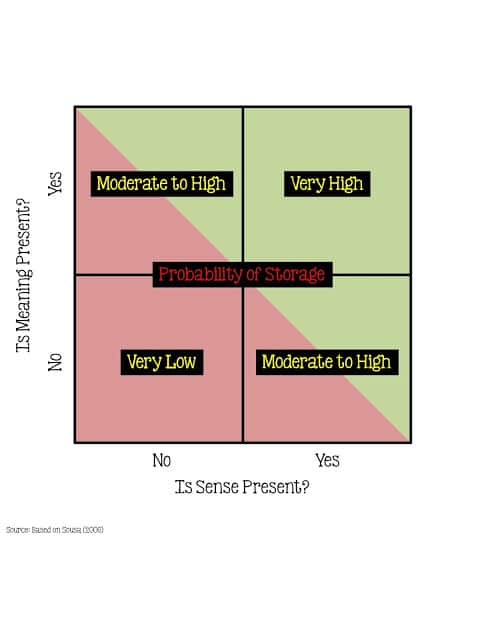
Learning Must Be Relevant
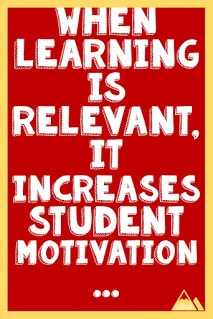
When learning both makes sense and has meaning for a student, it is more likely to be remembered and retained in their memory for recall and use later. Therefore, if we can integrate the curriculum more, rather than compartmentalize learning, it will help to establish meaning and thus increase learning.
When learning makes sense and has meaning for a student, it is more likely to be remembered and retained in their memory for recall and used later. Therefore, if we can integrate and blend the curriculum more, rather than compartmentalize learning, it will help to establish meaning and thus increase understanding.
Who hasn’t had a student ask, “Why do we have to know this? When am I ever going to use this?” A quality curriculum that has meaning and makes sense answers these two questions. If a student asks these two questions, the child has not yet reached the purpose or understanding of the information.
Differentiation and the Brain in Action
Helping students reach the purpose and understanding is differentiation and the brain in action. Every brain is different and unique, and the synapses that fire and drive the relays are also. Each student will learn differently based on past experiences, schema, and neural experiences.
Along with this, learning must be relevant to enhance student understanding of the material. When education is relevant, it increases student motivation, which develops neural circuitry and increases student achievement.
Thus the essential tasks in school ask students to take their basic knowledge and skills and use them to explore and extend their understanding, not simply recall facts and figures.
Differentiation and the Brain Instruction
Something that struck me in the reading is very different than the methods I learned in college. In my collegiate classes, curriculum came first, and differentiation came second.
The authors do not believe that curriculum should come first. Instead, they think student differences should be anticipated and incorporated as we develop the curriculum from the beginning.
Chapter three thus points us towards a better outcome. It encourages the use of meaningful, appropriate lessons. Students are encouraged to reach an objective of attaining expertise in a content goal.
We do this by applying what we know about the students to the lesson rather than simply using a set curriculum for the students. Teachers should mold the tasks to the students in order to let the knowledge sink in.
To Read More
Now, visit Leah’s blog to read on and learn about chapter four and Assessment and Differentiation.
To learn a lesson about assertiveness and self-love, check out this post.
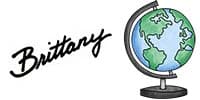
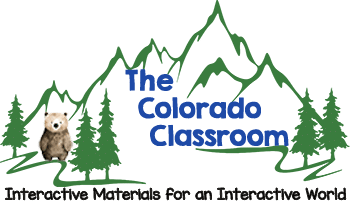
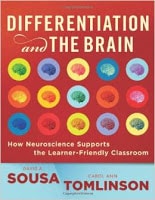
The idea of flipping the order of learning needs and curriculum development is definitely counter-intuitive to me. This is an important book–thank you for summarizing ch. 3!
Amazing post